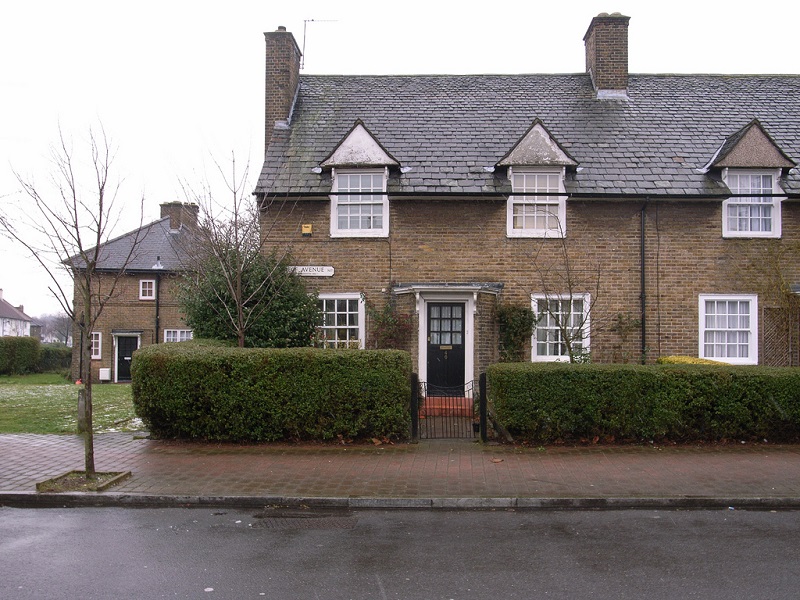Figures from the tax man suggest that there are over 100,000 new landlords every year over a four year period, proving that letting out property and becoming a landlord has started being increasingly popular in the UK.
According to official statistics from HMRC, more than 1.9 million people received an income from property in the financial year 2015/2016, with the total earnings reaching £16.2 billion, an increase of £4.1 billion over four years. This means that the number of new landlords has been increasing on average by over 100,000 every year since 2011/2012.
Those landlords who may have sold properties have faced and will continue to face considerable capital gains tax bills. For most assets such as shares, gains are taxed at 10% or 20%, while anyone selling a property that is not their main residence will pay 18% or 28%, depending on the size of the gain and their other income.
The latest predictions from the Office for Budget Responsibility show capital gains tax receipts will increase from £8.8 billion this tax year to £9.9 billion in 2018/2019 and grow to £13.3 billion in five years’ time, as pointed out by Sean McCann, chartered financial planner at NFU Mutual.
“So they clearly expect many investors to sell up and realise their gains between now and 2022/2023. It’s likely we’ll see the number of landlords start to plateau or even fall over the next few years as property investors start to feel the pinch from a series of tax measures that have already come into force,” he explained.
Sean also pointed out that many of the firm’s customers work in partnership with their spouse or civil partner to reduce their combined tax bills, taking advantage of each individual’s income tax and CGT allowances by transferring shares and property between them.
“It often makes sense to transfer income producing assets to a spouse or civil partner if they pay a lower rate of income tax. However we’ve been warning our customers to watch out for potential tax traps,” said McCann.


